Mariuxi Farías[1], Verónica Santamaría[2], Max Freire Salgado[3]
[1]WWF, [2]Galapagos National Park Directorate, [3]Floreana Parish Council
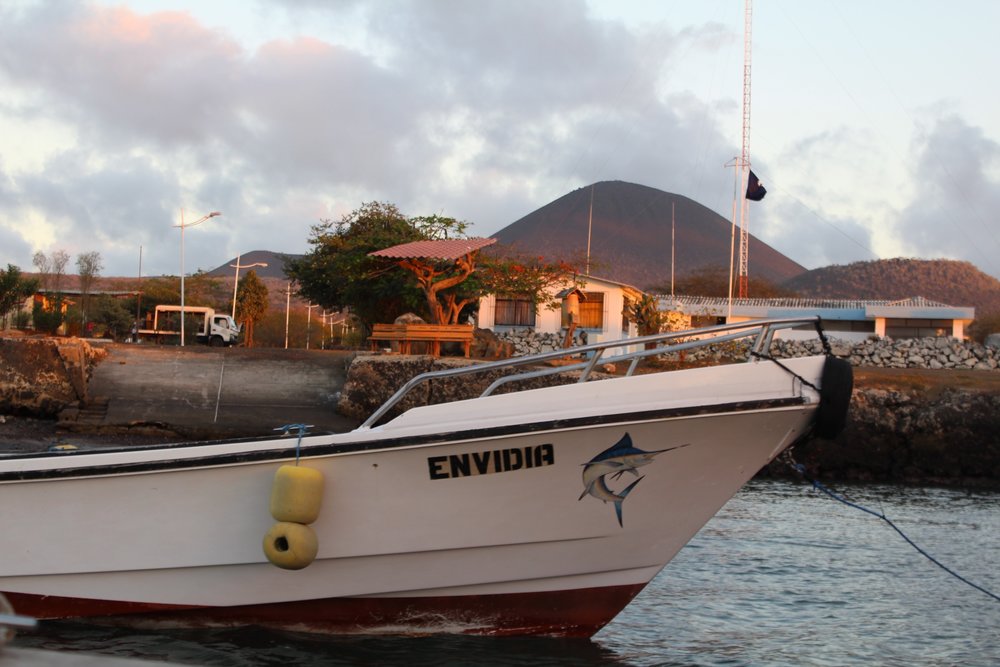
Figure 1. View of Puerto Velasco Ibarra and its water taxi and chiva bus for travelling to the highlands. Photo: WWF-Ecuador
Concerned about the potential impacts of growing tourism on their island, the residents of Floreana have created the Floreana Community Center (CECFLOR), a socioeconomic development model based on community tourism and collaborative management of protected areas.
CECFLOR is a cooperative that allows its members to work collectively and to share economic revenues equitably. CECFLOR also provides a management framework through which community members collaborate with the Galapagos National Park Directorate on planning and decision-making.
This article describes the history of CECFLOR and how this small cooperative has developed an effective model of community-based tourism. We explain how the model functions and share recommendations for replicating the Floreana experience.
THE ORIGINS OF CECFLOR
According to Max Freire, founding member of CECFLOR, the Floreana community faced two options prior to establishing the cooperative in 2010.
The first option was to allow the status quo to continue to develop, without focused planning. At that time Floreana received daily tours without prior reservations and without knowing how many boats would arrive each day. On one occasion, 12 boats carrying 80 passengers arrived simultaneously, overwhelming local restaurants. Visitors were dissatisfied with their experience and some didn’t pay for the services received.
This scenario also put significant pressure on Floreana’s limited natural resources and public services, such as fuel, food, water and waste management.
The second option was to regulate the flow of tourism by establishing an organization that would interface with tourists and coordinate the services of local entrepreneurs. This option inspired the Floreana community. During a local planning session, it became clear that residents sought to conserve their island for the long term, maintaining order, peace, and safety. To do so, it would be essential to moderate the daily number of visitors, extend their stay through two- and three-day tours, and organize local service providers.
To achieve these goals, in 2014 the Floreana community created CECFLOR.
THE COOPERATIVE AND ITS PRIMARY ACTIVITIES
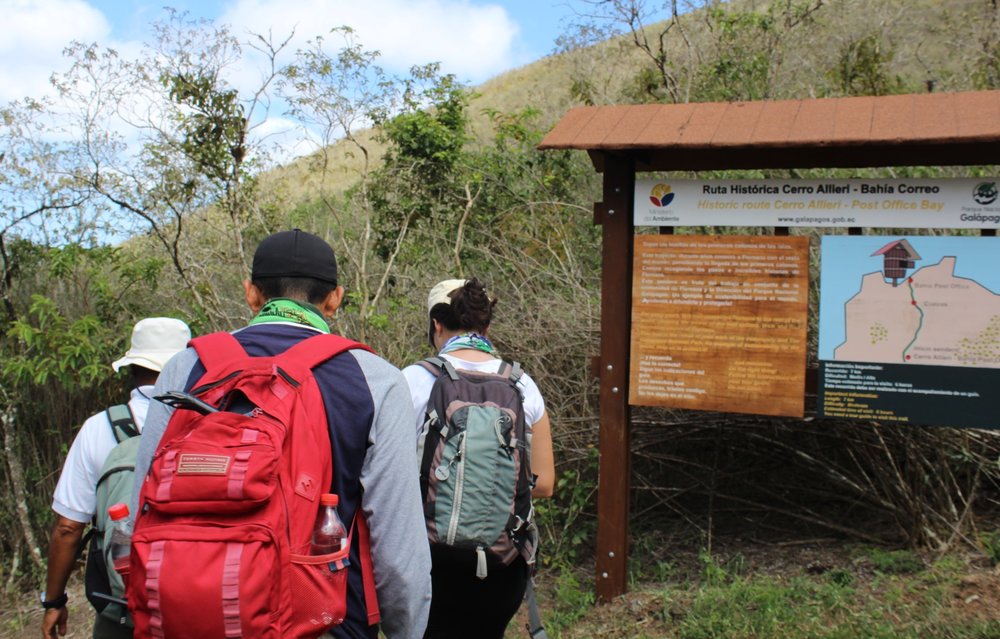
Figure 2. Group of tourists entering a visitor site. Photo: WWF-Ecuador
Seventy-one of Floreana’s 150 inhabitants are members of CECFLOR. Members work together to offer tourism-related services and activities, with a primary focus on lodging (Table 1). CECFLOR collaborates with tourism operators on the Ecuadorian mainland who send groups of tourists to Floreana from Puerto Ayora. Community members receive visitors at the passenger dock and then take them to previously assigned accommodations in the homes of CECFLOR participants.
Seven homes provide lodging, each with an average of three rooms. Lodging assignments are based on each CECFLOR member’s capacity and the number of visitors they have already received each month; efforts are made to ensure equitable distribution of income. During 2017, each home received 15-17 visitors per month. Members offering lodging and restaurant services can work through the cooperative or privately manage their own reservations.
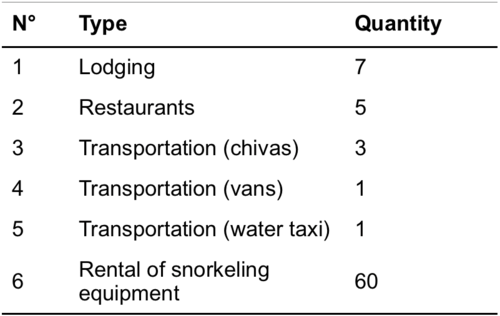
Transportation services are managed on a similar rotating basis. Upon arriving in Floreana, tourists take a short walk through the community and receive the itinerary that has been prepared for them. They are then transported to their accommodations.
The first activity for guests visiting Floreana through CECFLOR is usually a guided tour to Playa Negra to swim and observe species such as marine iguanas, sea lions and sea turtles. At night visitors are invited to a bonfire. During the second day of their stay, they visit Asilo de la Paz in the Floreana highlands.
CECFLOR packages also include snorkeling. The cooperative is working with local authorities to offer kayak rentals, camping at Baroness’s Lookout, and hiking tours to Post Office Bay and other locations in the near future.
COLLABORATIVE MANAGEMENT
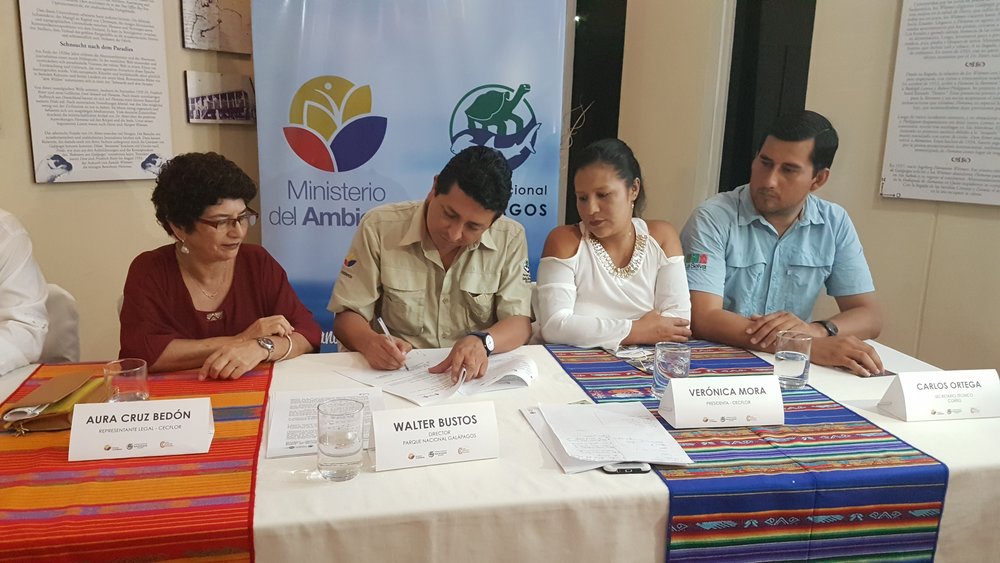
Figure 3. CECFLOR and the Galapagos National Park Directorate sign the cooperation agreement. Photo: Galapagos National Park archives
As CECFLOR has evolved, the Galapagos National Park Directorate saw an opportunity to work more closely with the residents of Floreana. At the beginning of 2018, the Park and CECFLOR signed a cooperative agreement that calls for “collaborative management of visitor sites near Floreana’s populated center, to promote the rational use of natural resources and sustainable development, with an inclusive social- and conservation-focused vision.” Through this agreement, the National Park and CECFLOR share responsibility for managing tourism activities, monitoring and maintaining visitor sites, and the overall success of the cooperative model.
This is the first time that the Galapagos National Park has implemented a management model in coordination with an entire island community. The agreement with CECFLOR grants permission for kayaking routes, a camping site, and logistics and transportation of visitors, assuring that CECFLOR can organize and offer a wide range of tourism packages.
CECFLOR has also created a tourism operator, “Post Office Tours,” in order to formally offer tourism packages. The cooperative is able to market all its services and products through this entity.
The CECFLOR model has caught the attention of international organizations such as World Wildlife Fund (WWF). WWF has worked with the Floreana community on CECFLOR and related initiatives since 2012, first by supporting tourism planning and then by strengthening capacity in sustainable and collaborative management of local resources.
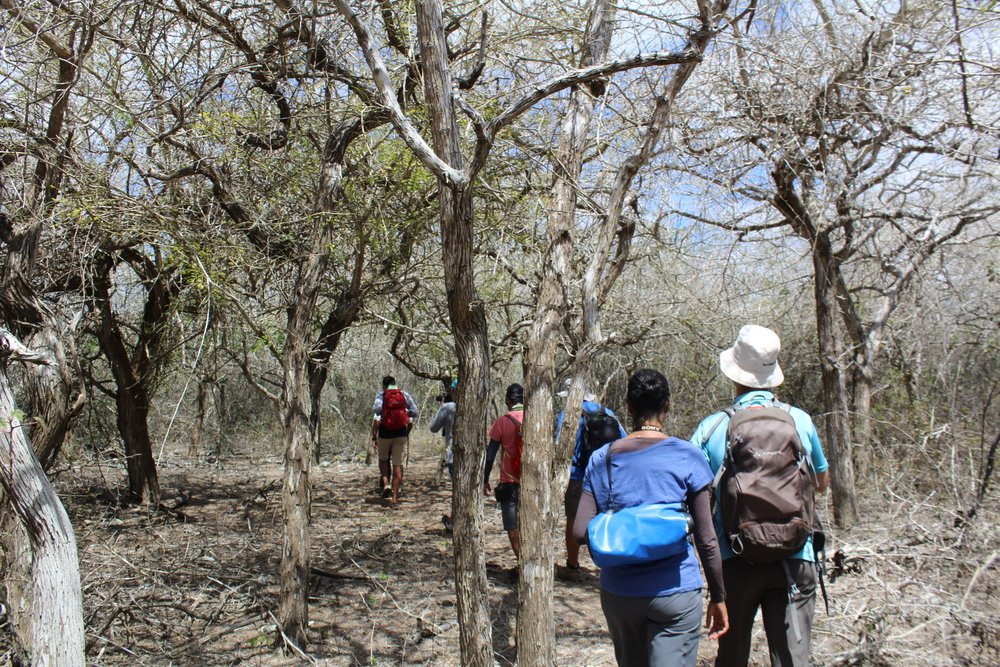
Figure 4. The Galapagos National Park Directorate granted CECFLOR permission to offer day trips via the old path to Post Office Bay. Photo: WWF Ecuador
CONCLUSIONS AND RECOMMENDATIONS
For the first time, a small community like Floreana has been given the opportunity to collaborate directly in the management of Galapagos protected areas. The Galapagos National Park Directorate supports the CECFLOR management model and recognizes the importance of providing access to public-use sites and related activities. Similarly, the Floreana community recognizes the collective responsibility associated with its cooperative agreement with the Park.
The main challenges for CECFLOR in the medium- and long-term are consolidating its organizational structure and improving the quality of its tourism services and products. Support from public and private collaborators will be essential to achieve these objectives.
To implement similar approaches in other small communities, it is important to strengthen the ability and willingness of community members to collaborate. This can be accomplished through organizational planning, shared and informed decision-making, conflict resolution, negotiation, and open communication.
Collaborative tourism management can be an attractive option in protected areas where managers have limited staff and budgets. Community members are incentivized to maintain tourism infrastructure, since they benefit directly from its use.
Replicating the CECFLOR model on other islands in Galapagos could help to improve land use planning and the quality of visitor sites located close to populated areas. Perhaps most importantly, projects like CECFLOR empower local community members to take a key role both in conservation and in improving their quality of life.
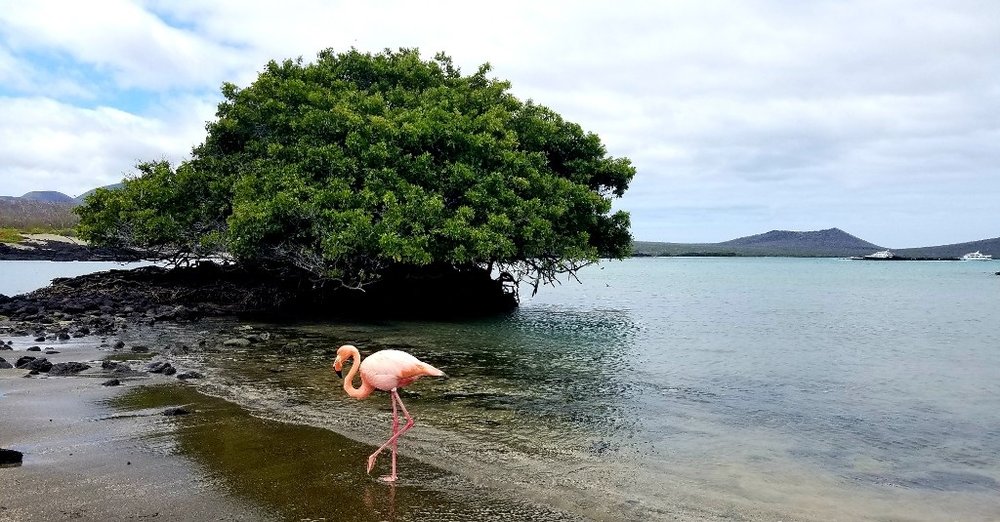
Figure 5. Flamingo at Baroness’ Lookout. Photo: WWF Ecuador
